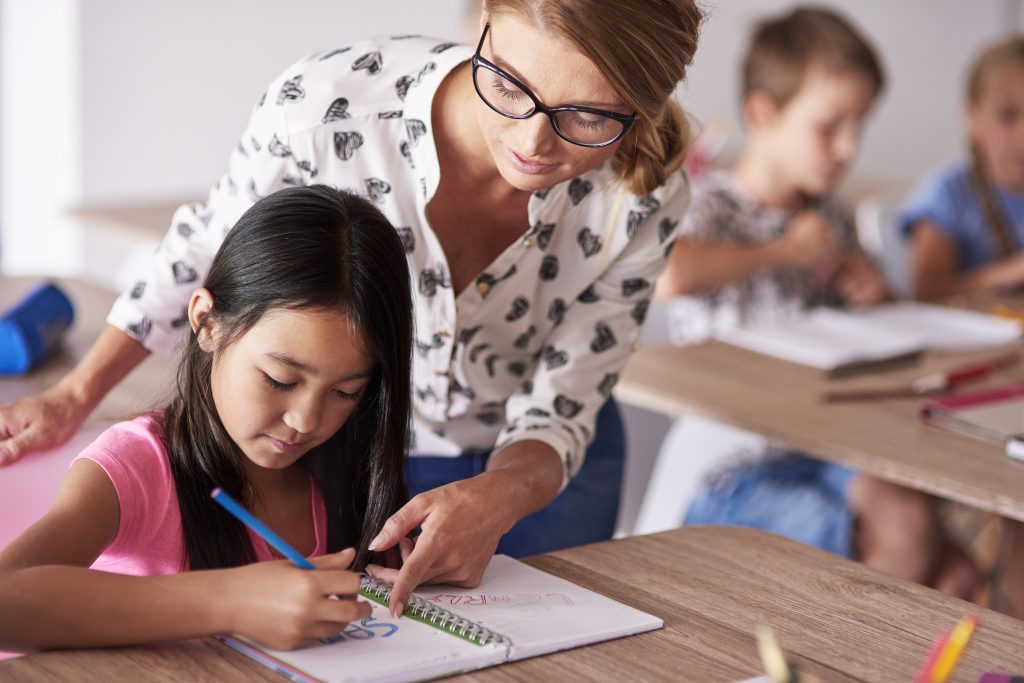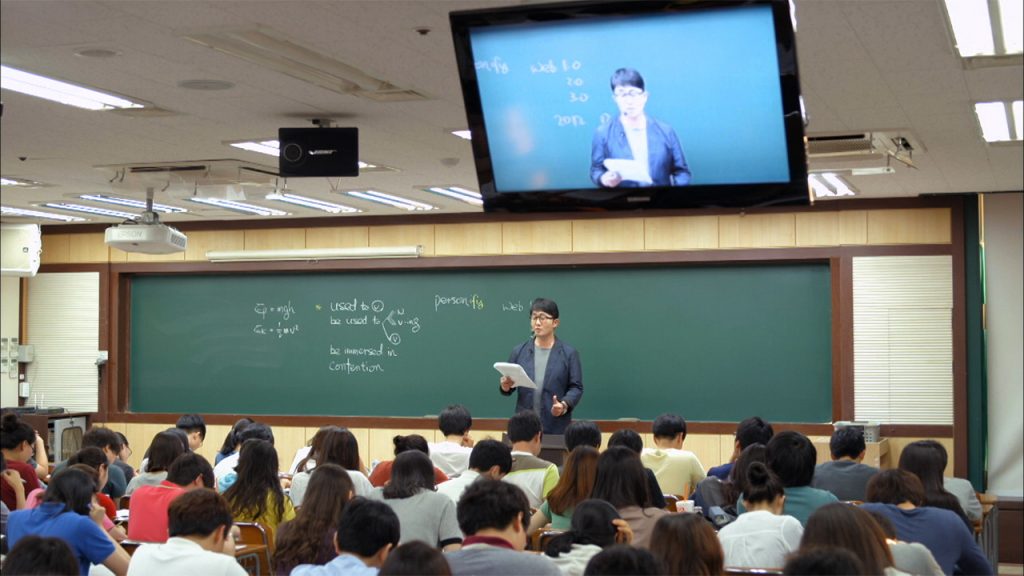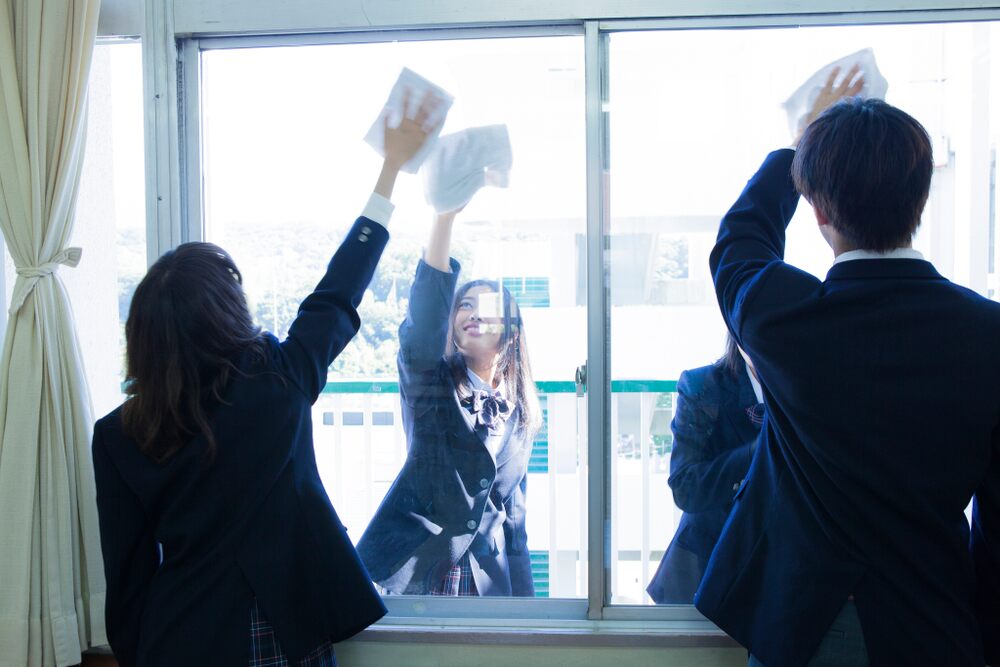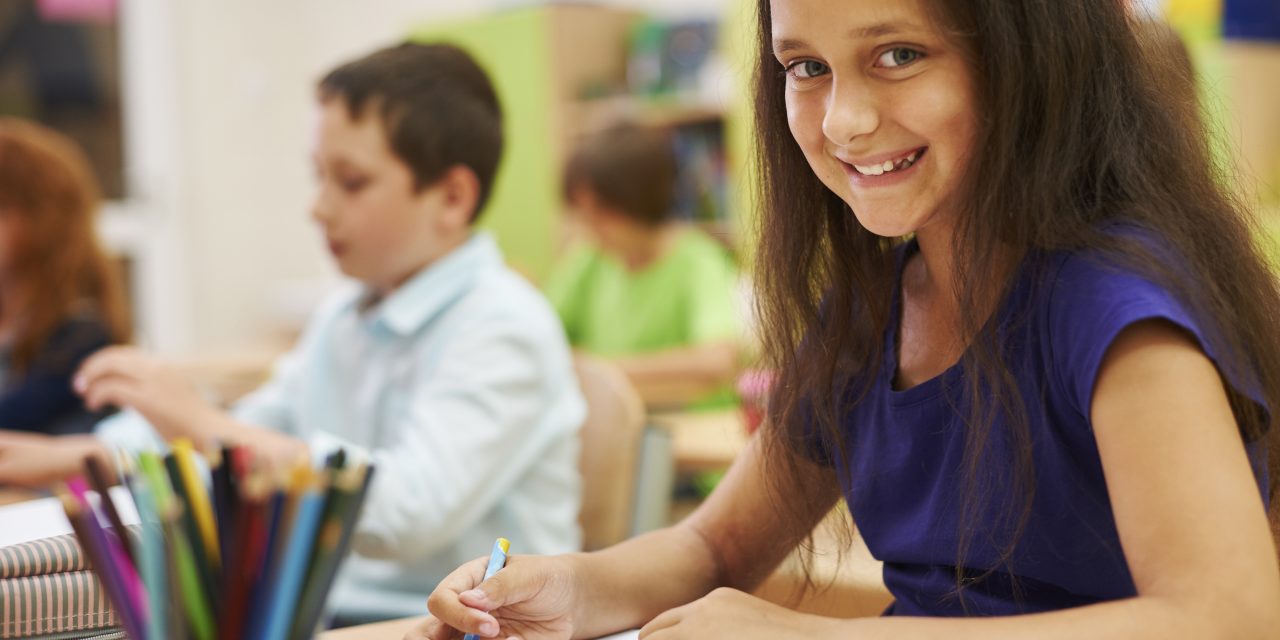The education system across the globe differs from one country to another. Often, arrangements are made to increase productivity and student’s well being but frankly, some school rules are just plain odd. Let’s take a look at some fun facts about the education system around the world!
Finland

- In this country, most of their teachers are master’s degree holders! Becoming a teacher in Finland is difficult – only 10% of the applicants are actually selected.
- Students in Finland are taught three languages at least. Apart from Finnish, they learn Swedish at 9 years old and then English at the age of 11.
- Since education is considered a constitutional right in this country, education is free from elementary up to the tertiary level.
South Korea

Source: pbs.org
- The competition to go into universities in South Korea is so intense, students study for more than 16 hours every day! High schoolers even have their dinner at schools.
- Hagwon or private cram schools are often attended by middle and high school students after school hours for drilling practices.
- If the students are undisciplined, it is not unlawful for teachers to use corporal punishment like caning to get the students to reflect on their wrong demeanour.
China

Source: The World of Chinese
- China’s imperial education system was established in Han Dynasty. That was more than 2,000 years ago!
- Students in Chinese schools have to line up and exercise every morning before they start their learning. So that won’t feel tired and too sleepy, they are required to do eye exercises after the third lesson.
- C9 league, the partnership between nine of the mainlands most esteemed universities is also known as China’s Ivy League.
Japanese

Source: higsgo.com
- In the Land of the Rising Sun, academic performance is second to good habits. Children are taught to clean, to respect others and nature and to be considerate of others. The schools don’t even need janitorial services because the students are taking part to clean as well!
- Education is typically not made compulsory until the age of 6 or 7 in many countries, but Nihon children enter schools at 3 years of age.
- Japanese schools have a special shelf for shoes. This is because students wear a different kind of shoes called Uwabaki or Uwagutsu in the school.
The Netherlands

Source: @NLinSf on Twitter
- Dutch schools start from 8.30 am-3.00 pm every day but students have lunch at home instead of at schools. They go back at noon on Wednesdays.
- Schools accept students when they turn 4, not at the start of the term. Hence, the class have new students almost every day! How the teachers keep track of their students? We have no idea.
Which of the following do you think Malaysia should implement in our education system? Do drop your comments below!








